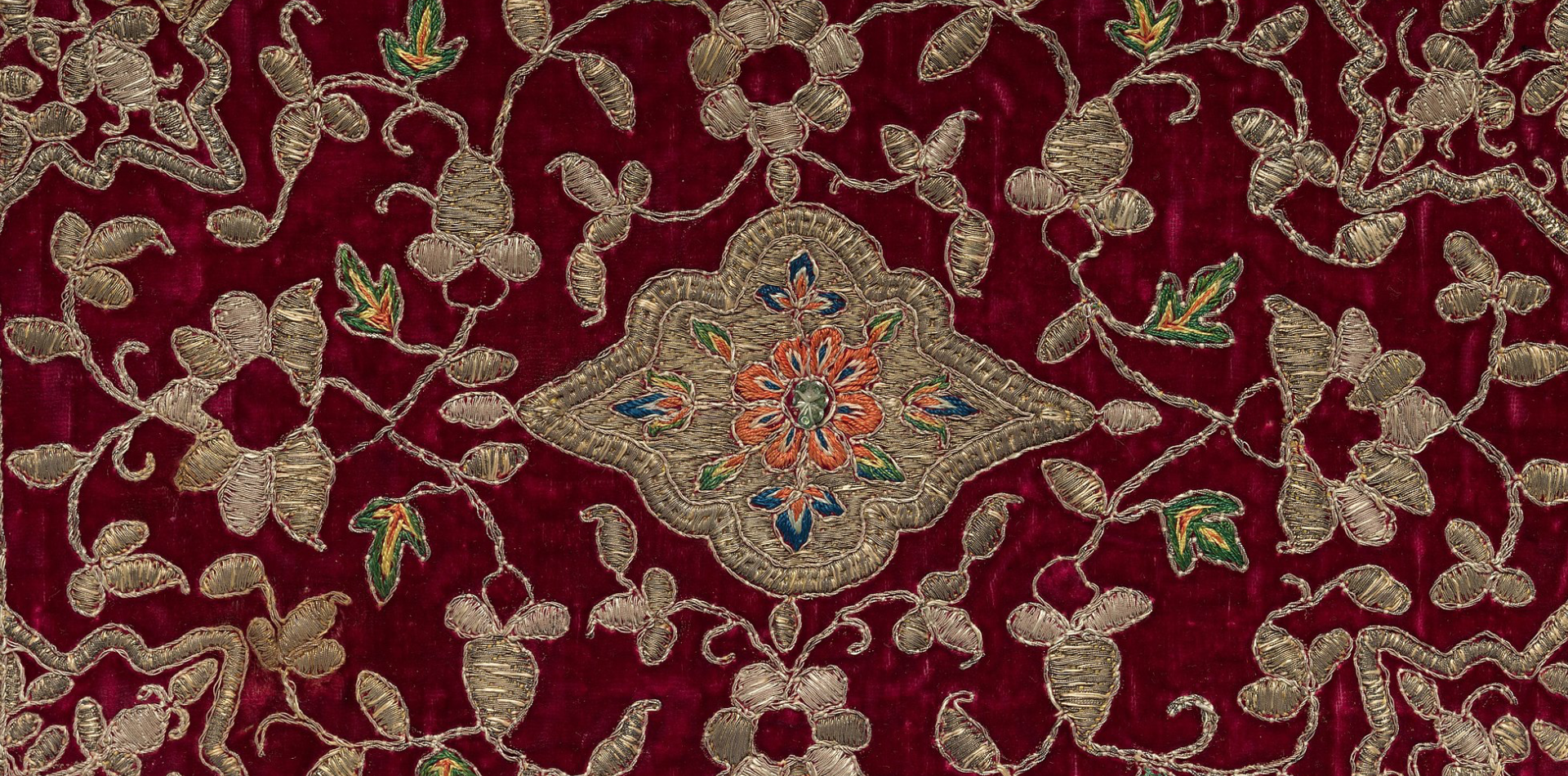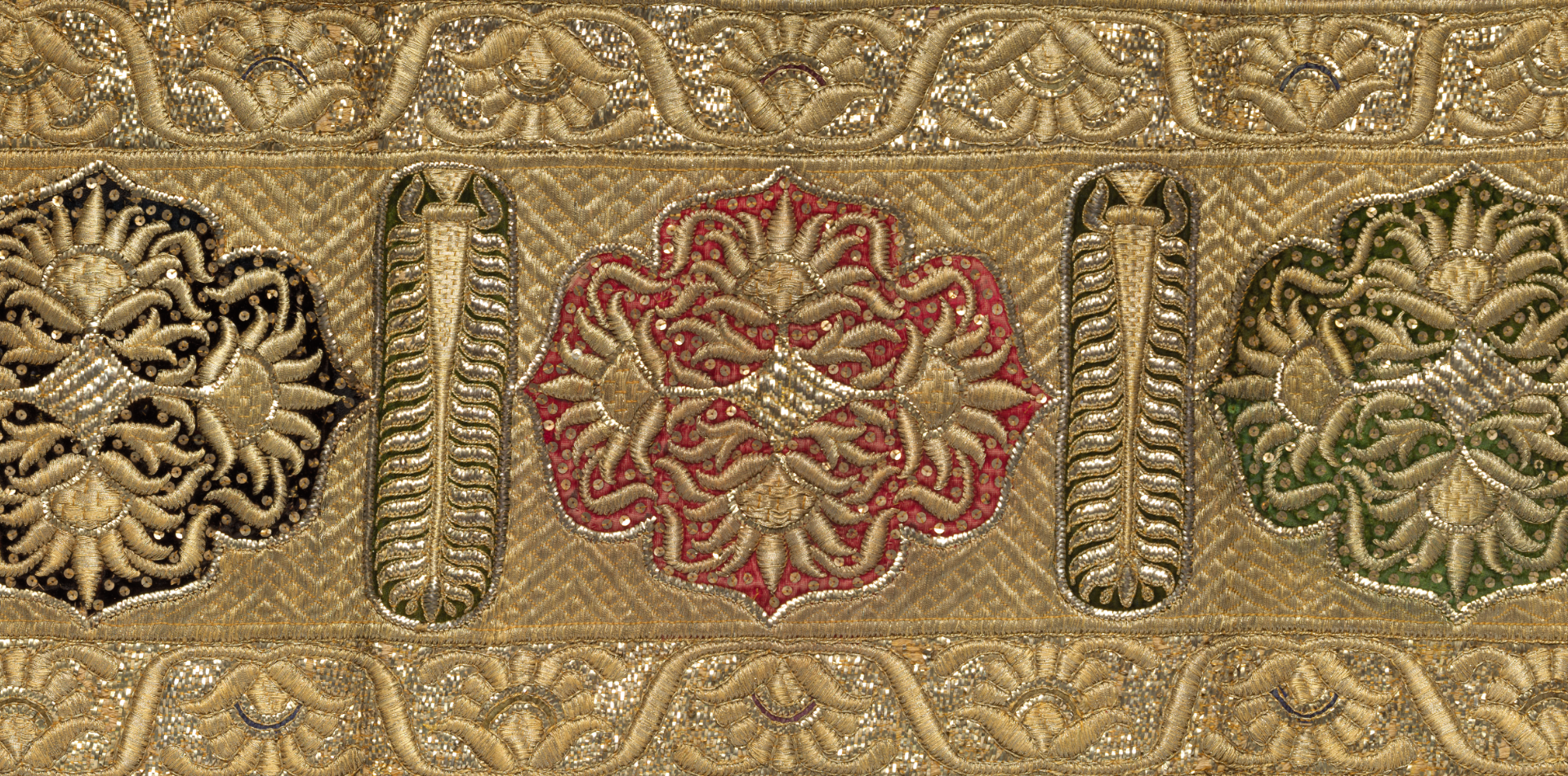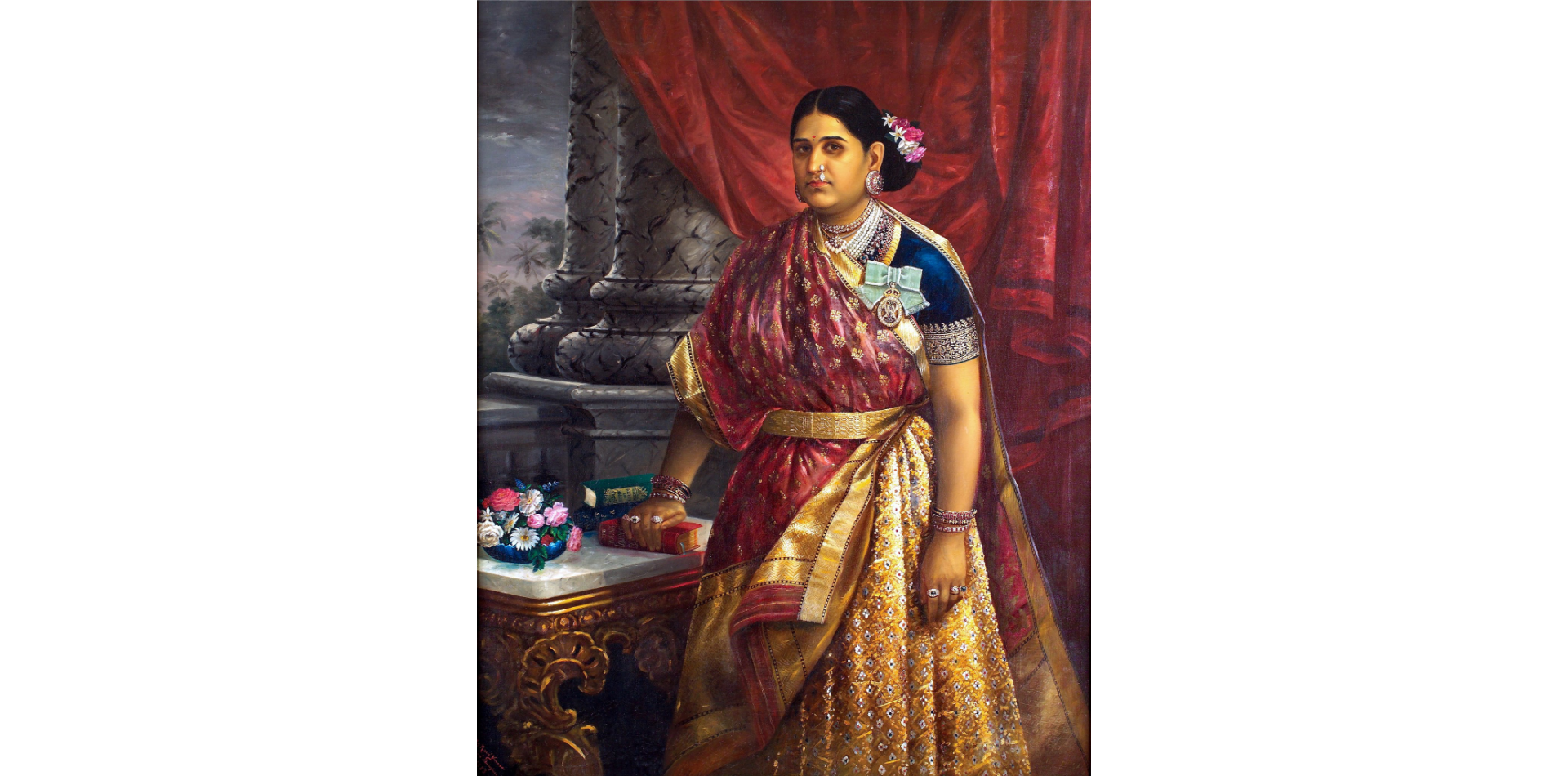Continuity of or Reconsidering Traditional Forms and Mediums
As we’ve seen so far, Indian artists have engaged with history in rich and varied ways throughout the 20th century and into the present. Let us now look at modern and contemporary artists accessing tradition in new ways.
Techniques and Traditions
For many, miniature painting is one of the forms most commonly associated with Indian art, whether exquisite works of Mughal art in museum collections or souvenirs picked up at tourist sites across the subcontinent. While there have been workshops producing miniatures continuously for local audiences over the past few centuries, in the past generation there has been a revival of the medium among contemporary artists in India and Pakistan. This has included artists who have become masterful miniaturists — with a refined hand and knowledge of the historical tradition, and those who have used miniature techniques towards their own innovations.
Desmond Lazaro
Desmond Lazaro is exemplary of both of these approaches. He is a British artist of Burmese and, earlier, Indian heritage, currently living between Pondicherry and Melbourne, Australia. He spent a decade learning traditional miniature painting as an apprentice to a master artist in Jaipur, the late Bannu Ved Pal Sharma. Lazaro further specialized in surviving miniature painting workshops across Rajasthan for his Ph.D., focusing on picchvais, a style of devotional pictures on cloth that portray the god Krishna, of the Pushtimarga sect at Nathdwara. Lazaro learned each aspect of the picchvai process, including in the grinding of pigments, preparation of the cloth as ground for the painting, and various roles of painters contributing to a work; in a traditional setting, different artists would create outlines, shade and color, paint faces, and so forth.
While he participated in each part of this process as a student and apprentice, as a contemporary artist, he takes on all roles in creating a work from start to finish. Lazaro began his independent artistic practice with picchvais, eventually abstracting traditional iconography from larger compositions, and then moving onto secular imagery presented at the large scale of traditional picchvais.
He found himself as a contemporary artist translating a devotional practice to a secular studio and portraying emblems of daily and modern life, ranging from Ambassador cars to scooters and men in train stations. While his early work was structured by a conversation between artistic freedom and traditions and conventions, in the past decade he has increasingly built his own idiom while reflecting on subjects ranging from his family’s history of migration to the cosmos.
In this way, Lazaro is a key example of how artists working within the ambit of the mainstream contemporary art world innovate through historical and living tradition.
Traditional Concepts
Let us now look at a slightly different example, the Neo-tantra movement. Neo-tantra is an interesting case study in a few ways: many paintings from this movement simultaneously look like works of Western modern abstraction and like historical paintings associated with tantra, an element of both Hinduism and Buddhism focused on a cosmology of union. Tantric paintings evolved from handwritten treatises copied that eventually spawned a complex iconography of signs and symbols used in devotional and meditative practices. In India and around the world, there was renewed interest in tantra in the 1960s and 1970s, in conjunction with the rise of hippie culture as well as scholarly and philosophical inquiry.
P.T Reddy
Artist PT Reddy was one of the key artists connected with neo-Tantra. Some of his works consider historical events like the moon landing of 1970, bringing together abstract imagery with some narrative or representational components, while others look much like simplified geometric diagrams called yantras. One example of this is Sree of 1971, which adapts the form of a traditional sri yantra drawing, overlaying two figures in union on top of the geometric drawing. Sree Chakra of 1979 too presents this yantra drawing in a new way, this time without human forms. In both of these works, the artist has taken an existing tantric form and fashioned it in a new way.
S.H Raza
S.H. Raza is best known for his “bindu paintings,” which can be read in much the same way. Raza was a founding member of the Progressive Artists Group, dedicated in his early career to modernist expression including after moving from India to France in 1950. By the late 1970s, he had become restless in his work and on trips to India he began to rediscover its artistic heritage. He found the bindu, a cosmic point of creation, after one of these trips, and it would become a hallmark of his work for the rest of his life. These paintings are centered on a circular form or dot, which connects to the idea of shunya or “nothingness.” As with Reddy, these works can be read in relation to the pared down geometry of some modernist abstract works even as they are firmly rooted in Indian philosophy.
Looking at all of the examples in this previous section, we can see the varied ways in which artists continue to access Indian history and tradition towards contemporary expression.












